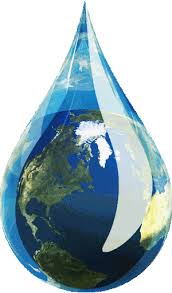Ashley Heard Wins Legal Writing Society Writing Contest
At the end of October, Marquette University Law School’s Legal Writing Society sponsored a fun writing contest, looking for poetry submissions that combined law and Halloween themes. Ashley Heard’s poem does precisely that:
There once was a law school demon
summoned by a 1L heathen.
It gave students hell
until in love it fell
with the writings of Justice Stevens.
Heard, a 2L, won a $10 gift card to the Tory Hill Café. To find out more about the Marquette Legal Writing Society, contact Lauren Maddente at lauren.maddente@marquette.edu. For other fun law-related poetry, click here. Also, check out law-related book spine poetry here and here.

